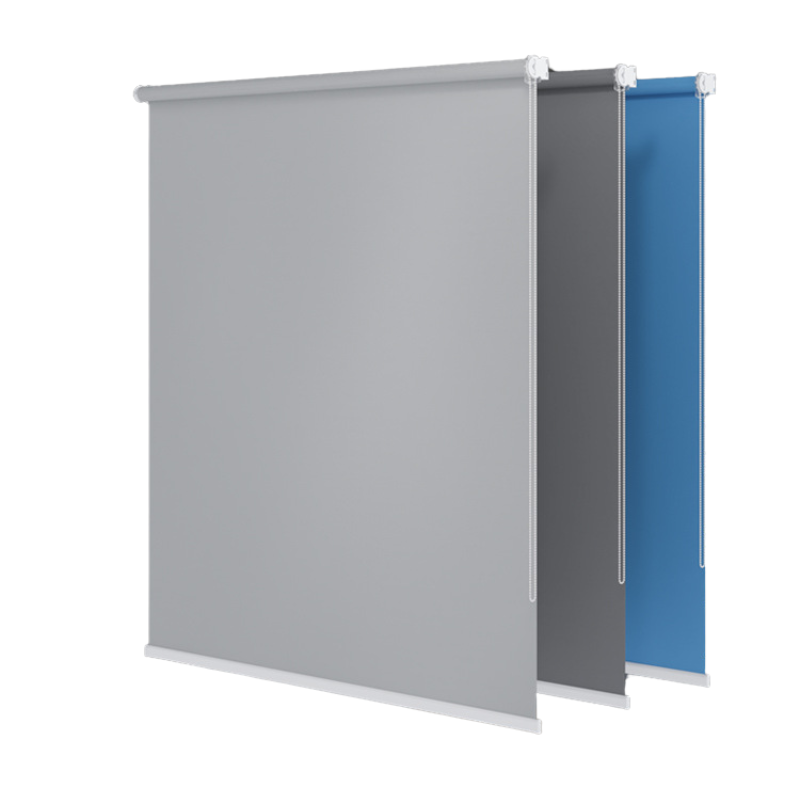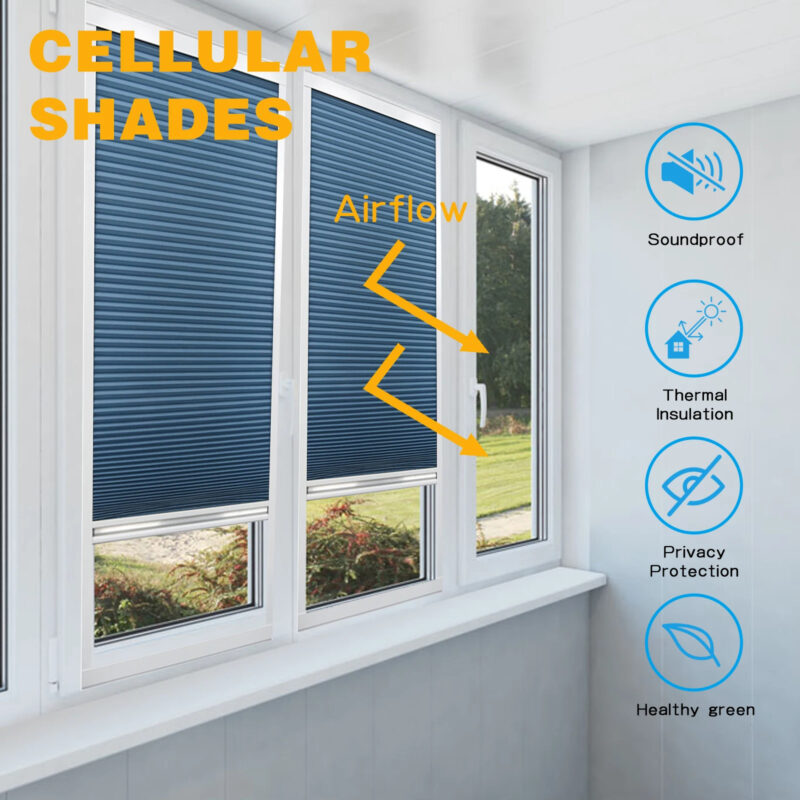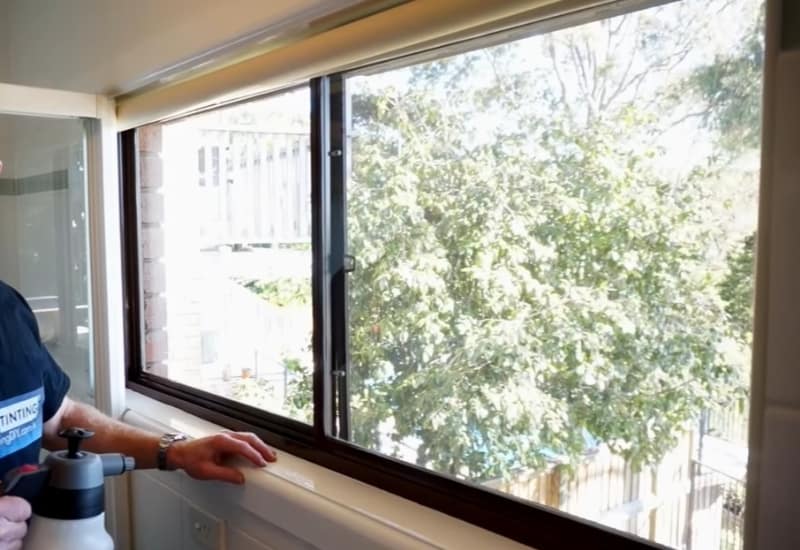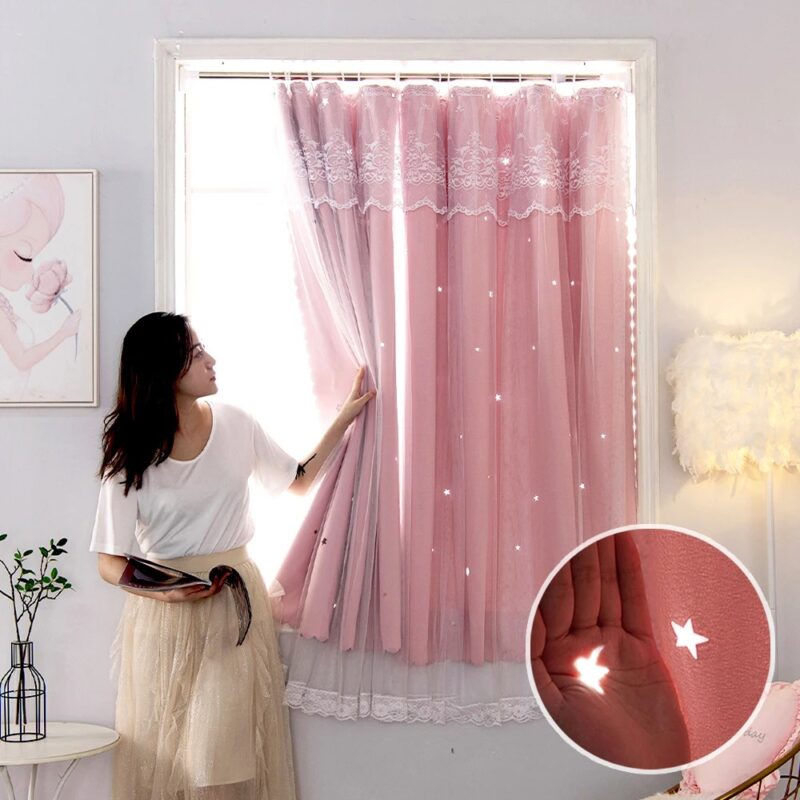4 Easy Ways to Frost a Window

Frosted windows increase the privacy of your home and enhance its security by blurring everything behind them into vague shapes. They allow in more sunlight than regular glass windows to brighten up your living space, but also keep UV rays at bay to protect your furnishings from premature fading.
There are other reasons which might convince you to learn how to frost a window. Frosted glass doesn’t rust or corrode and can be easily wiped clean with a microfiber cloth. It also conserves energy to let you save a significant amount on your energy bills every month.
How to Frost a Window
Use any one of the following methods to frost your window:
Method 1. How to Frost a Window with Static Cling Film
Follow these steps to frost your window with static cling film:
Step 1: Gather the supplies
Make sure you have all these tools before moving on to the next steps:
- Measuring tape
- Roll of static cling film
- Scissor or utility knife
- Spray bottle
- Dish detergent
- Squeegee or plastic card
Step 2: Measure the glass
Wash your hands with soap and water to prevent transferring any attached oil or dirt to the glass’s surface. Use a measuring tape to measure the dimensions (length and width) of the glass to be frosted.
Step 3: Cut the static cling film roll
Spread the cling film roll on a table or any other flat surface. Use a pencil to draw the shape of glass on the roll. Make sure that the lines you are drawing are equal to the measurements you noted in the previous step. Once you’ve drawn the lines, cut the roll accordingly with utility knife or scissors.
Step 4: Wash the glass
Prepare a mixture of detergent and water. Pour it into the spray bottle and then spray the mixture onto the glass to be frosted.
Step 5: Apply the film onto the wet glass
Remove backing from the cling film and press the naked roll on the glass. You might notice bubbles developing in the layer of the film after you’ve attached it to the window. Use your hands to press out these bubbles along the edges.
Once you’ve removed the bigger bubbles, spray the front of the film with the soapy water mixture. If you can still see smaller bubbles in the film, use a squeegee or a hard card, such as a credit card, to squeeze them out.
Final Step: Remove the film
Once again, spray the film with soapy water mixture and peel off the film. You can return the film to the original backing paper and store it if you plan to reuse it later.
Method 2. How to Frost a Window with Acrylic Glaze
Here’s how you can frost a window using acrylic glaze:
Step 1: Gather the supplies
You’d need all these items to apply this method:
- Clear/untinted acrylic glaze
- Foam brush
- Sponge
- Plastic card or squeegee
Step 2: Coat the window with glaze
Hold one side of the foam brush in your hand and dip the other one in the can of acrylic glaze. Use the soaked side to give the windowpane a coat of glaze. Apply the glaze in straight lines as crisscross brush strokes will show when it dries. Give the coat some time to dry and then apply a second coat.
Final Step: Remove glaze
Soak a sponge with water and use it to wipe off the glaze. There’s a chance that some stubborn glaze won’t be wiped off with the sponge. Use a squeegee or a plastic card to scrape it off.
Method 3. How to Frost a Window with Shelf Liner
Let’s take a look as to how you can frost a window using a shelf liner:
Step 1: Gather the supplies
You’d need the following items to complete the job successfully:
- Frosted self-adhesive shelf liner
- Sponge
- Measuring tape
- Scissors or utility knife
Step 2: Wash the window glass
Soak the sponge in soapy water and use it to wash the glass clean. Give the glass time to dry before moving on to the next step.
Step 3: Measure the glass size to be frosted
Use a measuring tape to determine the glass size. Cut a piece from the roll of the shelf liner to the appropriate size.
Final Step: Apply the liner
Peel the backing of the shelf liner down and, starting from the upper left corner of the glass, start applying the liner by pressing it firmly to the glass. After covering the entire upper edge, remove any wrinkles by palming them off along the edges.
Once you’ve covered the upper edge, start applying the liner to the other three sections (left, right and bottom). Continue working until the entire glass surface is covered. After giving the liner some time to stick, lift its corner and peel it off.
Method 4. How to Frost a Window by Etching
If you want to frost your window permanently, you could do so by etching it.
Step 1: Gather the supplies
Here’s what you’re going to need:
- Sandblaster
- Grit/sand
- Personal protective equipment (goggles, gloves, face mask)
- Cleaning cloth
- Heavy canvas drop cloths
Step 2: Remove the glass from the frame
After placing it on a level surface, wash the glass. Once it has dried, place the glass on a surface covered with heavy canvas drop cloths.
Step 3: Wear personal protective equipment
Don work gloves, face mask, and protective eye goggles.
Step 4: Etch the glass
Pour sand into the sandblaster before using the latter for etching the entire surface of the glass. Don’t forget to follow the manufacturer’s recommendations.
Final Step: Reinstall the glass in the window frame
After cleaning the glass of excess sand/grit, reinstall it in the frame.
Conclusion
Although all the four methods mentioned above will help you frost your window, there’s one crucial difference between the first three methods and the etching method. The results of static cling film, acrylic glaze, and shelf liner methods will be temporary and can be reversed. That isn’t the case with etching as it is an irreversible process.
Provided you can’t decide which of the four methods might suit you better, feel free to get in touch.
















